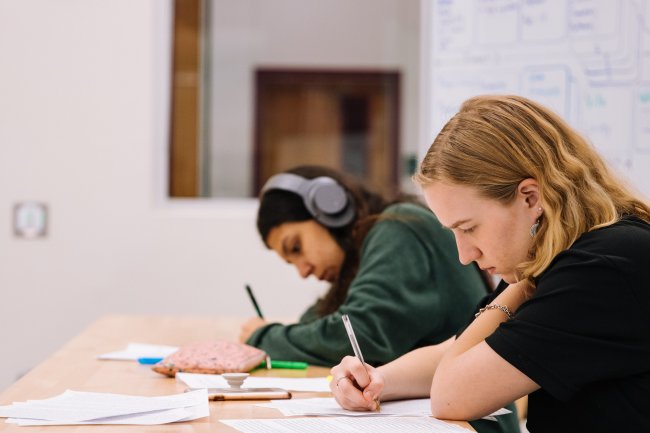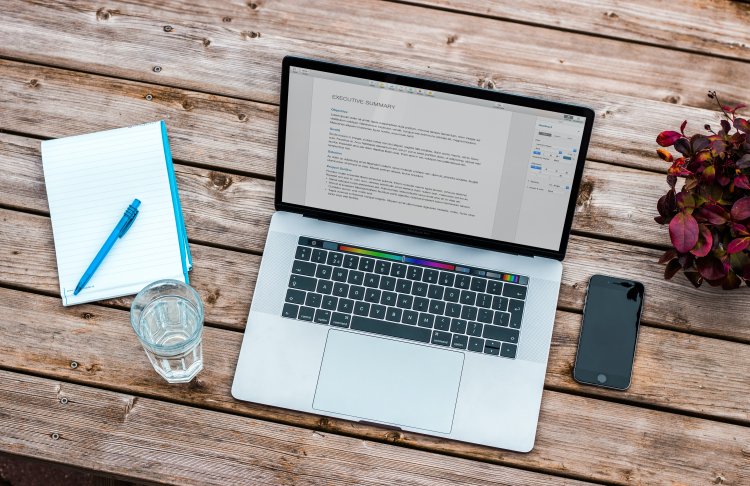Tips for Educators
2022 Edition - The Only Guide To Competency Based Learning You’ll Ever Need
- Apr 18, 2022
- 0
- 1804

Have you ever come across students who seemingly slack off the entire semester, but then miraculously manage to score an A+ on their assessments? On the other side of the spectrum, we’ve got students who barely pass their finals, despite putting in the work from day one. The whole state of affairs may seem unfair to some, but the reality is all of us have different competency levels - i.e. we all learn at different paces.
Unfortunately, traditional teaching methodology doesn’t account for this. All students are taught together, irrespective of how good they are at a particular subject. This is why we need to introduce the concept of competency-based learning in our classrooms. In fact, a survey conducted by Inside Higher Ed shows that three-quarters of respondents expect the number of competency-based programmes to increase during the next five years
Not only does competency-based learning help students grasp concepts better, but it also ensures they move on to a higher level of education only when they’re ready. As a result, students are not bombarded with concepts they struggle to understand. Instead, they are taught at their own pace for better retention.
If you want to know more about competency-based learning and how to implement it in the classroom, you've come to the right place. In this article, we’ll discuss the definition of the concept, its significance, and a stepwise procedure to adopt it.
What is Competency-Based Learning?
Let's start with the basics first. Competency is a person's ability to do or learn something efficiently. It’s relatively easy to measure the competence of two students - all you have to do is compare how well both performed a certain task. Mind you, competence is not only about the knowledge gained to perform the task, but also the skill needed to execute it.
This method adapts to the needs of your students, rather than asking students to follow a rigid system. It relies on evidence-based assessment, so that each student’s performance can be analysed, thus allowing teachers to assign them to an appropriate grade based on their competence in the subject. At its core, competency-based learning is a system designed to mirror how people learn, work, and collaborate in the world beyond school.
If you’re planning to dip your toe into the world of competency-based learning, remember it’s a very personalised and student-centered learning approach. This is why it's important to focus on each and every student, track their progress and extend support whenever required.
More and more teachers are starting to adopt this technique to make learning easy, logical, and interesting. So, maybe it’s time for you to think about making a switch to this growth-oriented teaching method.
Here's how you can implement competency-based learning effectively in your classroom -
Step 1: Zero-In on the Outcome
There are many different ways to teach a student. You could give them textbooks and couple it with long lectures if you want to go about things in the traditional way. However, the best teaching method is an outcome-based one like CBL.
The key is to identify the objectives of your competence-based learning approach. How will it help your classroom? Also, think about your students’ learning outcomes. This can help you measure their progress better, which then allows you to guide them accordingly. Planning it all out in your mind is the first step to starting right.
Step 2: Design and Develop the Curriculum
Preparing a curriculum that is tailored to your students is crucial in any classroom. In order to craft a good curriculum for competence-based learning, you need to understand your students' interests, strengths and weaknesses and personalise your teaching accordingly.
The basic steps that go into developing a CBL curriculum are -
- Identify general competencies and categorise them into specific groups to narrow down a list of the top skills to consider
- Set an extensive standard for measuring the performance of your students. For example, if you’re teaching physical education, you could set a standard of 25 push-ups for an above-average student
- Design the learning experience keeping in mind the learning style of each child
- Assess the performance and competency of each student, and divide the students into categories. This will help identify who should move to which grade
- Make necessary adjustments to your curriculum for better outcomes.

Step 3: Find the Right Tech-Tools
Analytics is a major part of competence-based learning. You need to be aware of the students' performance at all steps to ensure timely feedback and support. The traditional ways of tracking this progress - manual data entry - are now outdated. You need something revolutionary, time-saving and functional, such as AI tools that can help automate administrative processes. Finding the right tools to assess individual learning growth is important as it can help tutors identify learning gaps. They should cater to multiple needs, including tracking grades, storing particulars and financial aid.
We've entered the digital age, and competency-based learning is the need of the hour. Students need teaching methodologies that guide them as per their requirements. Personalisation is what matters most here. The better you understand your student's problems and weak points, the better you can assist them.
Of course, it's impossible to remove traditional teaching methods completely from the picture; they have their own benefits. But blending them with competence-based learning can help students grasp concepts and apply them in a real world scenario.
Add Comment
Related Blogs
Popular Blogs

Tips for Educators
3 Tips To Apply Classical Conditioning In Classrooms
- Natasha Di...
- Apr 25, 2022
- 0
- 21574

Understanding Concepts
4 Reasons Why Skill-Based Learning Is Important For Students
- James Coop...
- Mar 14, 2022
- 0
- 11040

For Parents
Everything You Need To Know About STEAM Education As A Parent
- James Coop...
- Mar 1, 2022
- 0
- 10842













